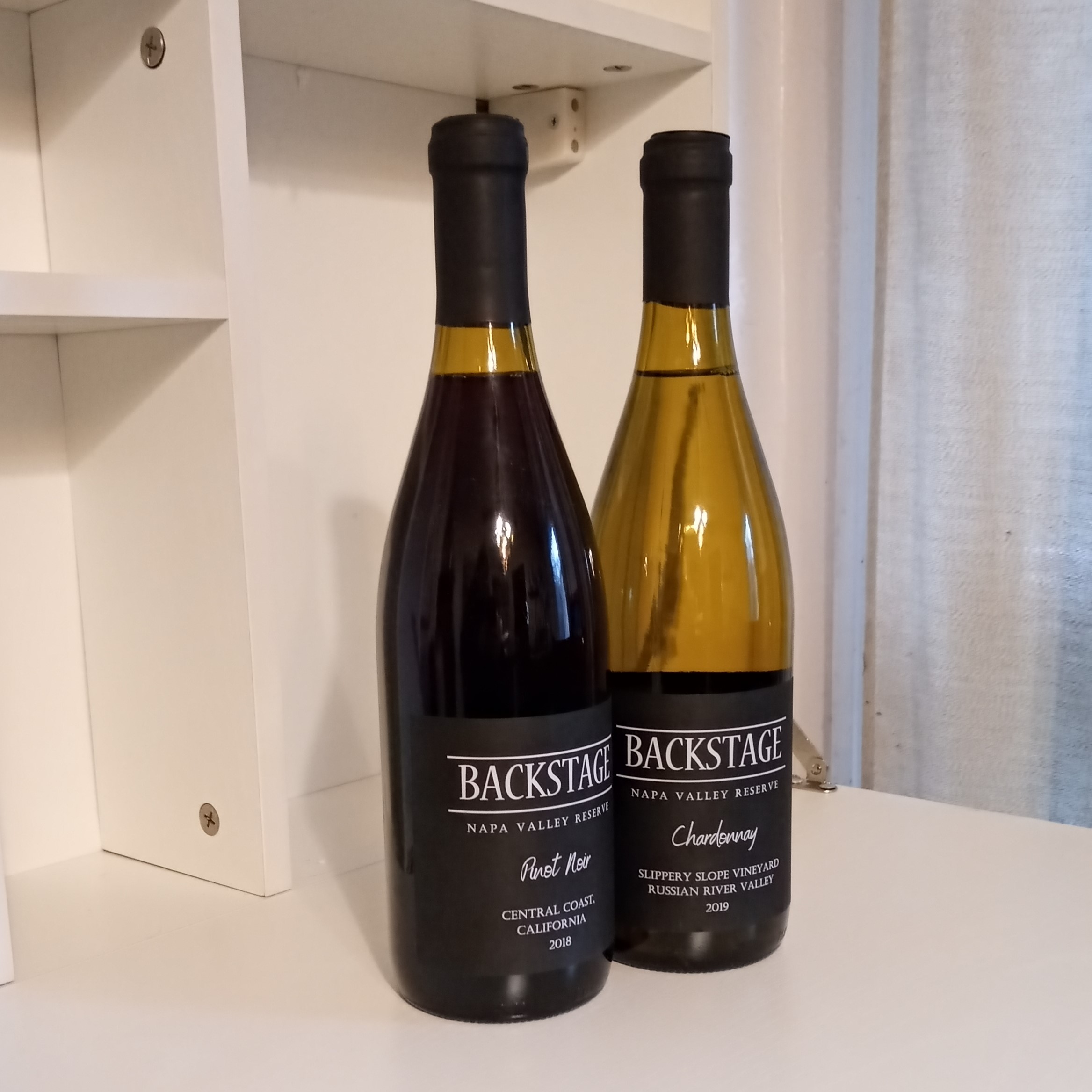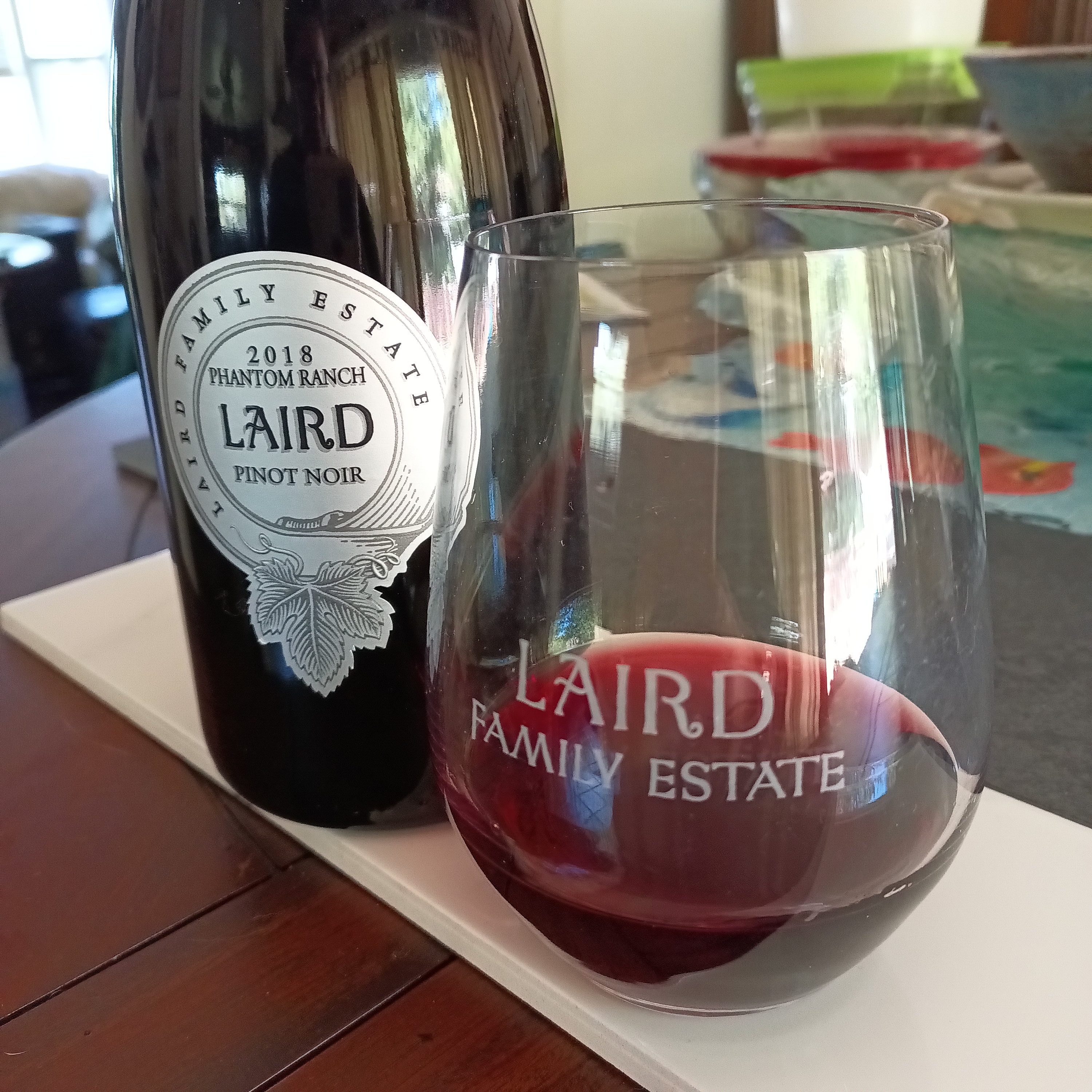Episode Transcript
Speaker 0 00:00:00 Hello, enthusiasts and welcome back to wine and the bottle, the podcast designed for wine lovers of all levels, where we talk about wine and the viticulture and history behind it. I am your wine and spirits. Education trust a level three certified host Sarah. And today we are going to the Napa valley of Italy. The auntie region wine folly said it best key. Aunty wine is as essential to Italian cuisine as extra Virgin olive oil end, quote the name Keon, auntie evokes many emotions in different people. For me, it takes me back to margarita pizza on the balcony of the Napa Leni restaurant in downtown Disney. Now, to be fair, I never actually drank key auntie or any wine with those family meals since that was back in my Moscow mule and Manhattan days, but there is something so specifically Italian about Kian auntie that reminds me of my ever so specifically Italian relatives key auntie the wine is named for the region in which it is produced a small hilly area in the heart of Tuscany.
Speaker 0 00:01:17 The region was so beloved by the <inaudible> family, that their support helped propel key Aunty as the first officially designated winemaking Appalachian in Italy, dating back to 1716. There's a term you'll see on Italian wine labels called Glasgow. This means that the wine was farmed in produced in the historic center of the region, a designation that denotes consistent quality. So a key auntie Classico is considered a more premium wine than a straight up candy. Then if the label says Reserva, it means that the wine was aged for a minimum amount of time before bottling for <inaudible>. That time is 27 months and it could have aged either in barrel or in bottle. Remember those muddy cheese, their kingdom was Florence and later all of Tuscany. So it makes perfect sense that the key auntie Classico region is the area directly south of Florence stretching to just above Sienna.
Speaker 0 00:02:22 Kianta the wine is a red blend, mainly consisting of Sandra Vaizey and other local Italian varieties. Sometimes you'll find a key auntie with Cabernet, Sauvignon and Marlow. Although those varieties are usually saved for so-called super Tuscans or the Italian response to Bordeaux Kiani Classico must be at least 75% Sanjeev AAC to earn the title. Traditionally key tea table level wine was packaged in a bulbous bottomed bottle, nestled into a straw basket. Kind of like the thing you'd find to now in a cost plus world market. This is called a fiasco. Yes, a fiasco and very few winemakers still use this packaging, although you will occasionally find it for jug wine. Since the grape varieties used in Keon tea are regulated. You can expect consistency with the flavor and structure of the wines. Typical notes of key tea are ripe red fruit like cherry and red plum dried herbs, leather smoke, especially in barrel aged, Kian D classic older Sarah and sweet balsamic vinegar.
Speaker 0 00:03:45 Yup. In this case, the vinegary characteristic is not considered a fault. So the Keon tea example that I am tasting today is a 2018 Kiani Classico from bond fee. So it's labeled Canty Classico DOCG meaning that it was in fact grown and produced in the historical center of the Keon tea region. This wine is a beautiful deep Ruby color. It's very dark, almost black. Like it looks like Blackberry juice in the glass. It's very viscous. The legs are taking a very long time to form on the side of the glass. And the first thing I smell is this beautiful rich cherry aroma. There's some Cedar and leather red plum and violet and vanilla it's really complex, but you do for the most part, get a lot of red fruit characteristic and a little bit of Oak. And there's a little bit of wet leaf characteristic going on at the very end.
Speaker 0 00:04:55 So I get the primary red fruit, the secondary Oak characteristics, and some tertiary let's taste this medium body. The tannins sit right in the middle of my tongue. I can barely fear feel them on my gums. So I'm going to say medium tannin. It's pretty smooth and easy to drink. Medium plus acidity, very nicely balanced. It's a little bit more tertiary on the palette. There's some dried cherry cranberry characteristics as well as the tertiary earthiness and leathery ness. So I think this would be a drink now, wine, not necessarily a keep forever wine. And this is kind of an entry level key. Auntie the retails for 10 or $15 a bottle. I could see why people call this the pizza wine, because it would go great with pizza. The fatty cheese would cut through this acidity and brighten up some of those primary red fruit flavors on its own.
Speaker 0 00:06:00 It's pretty good, but you do get a lot of tertiary notes and I kind of get that characteristic balsamic, but, um, not too much, like I was kind of expecting this to taste a little bit more like salad dressing and it really doesn't taste like salad dressing. It. Let's talk a little bit about Bon fi the producer who made today's example wine Bon fee was founded by two Italian American brothers, John and Harry Mariani in 1978. They lived in New York and came from a wine family. Their father had a company called bond fee vintners, and it was an import company based out of New York that specialized in importing Italian wines. They bought the property that they'd named Castello bond fee in Kiati. And it is 7,100 acres with about one third planted to vineyards. The property also has become one of Tuscany's premier wine resorts, not only with a tasting space, but also a hotel restaurant and all of the winery operations. There are also all live and plum orchards along the property and a truffle field. The Mariani family now owns multiple wineries in Italy, Polis. They have continued the thriving import business and bond fees. Vineyards are quite varied as it is, as they boast 29 different sub soils allowing for some variation in terroir and a great opportunity for creating multiple Cuvier's or blends.
Speaker 0 00:07:59 Even for single varietal wines, you can find a lot of variation with micro climate and soil types, Bon fees, Tuscany line from which our wine came from has eight different red wine <inaudible> plus a rose, a whole sourced from their tusk vineyards. Five of which are specifically from the key auntie Classico DOCG oh, and that's the first time that I've mentioned that term, D O C G stands for denominate Sione Origene. <inaudible> guaranteed that my Italian is very bad. I apologize. The term means that the wine follows the regulations put forth in order to qualify it for legally protected status. It's kind of like a regional trademark and that helps ensure the quality and consistency of wines produced from the region. Like we talked about earlier. Thank you for joining me on this trip across the Atlantic to the Italian wine region of Keon di if you enjoyed today's podcast, please consider subscribing or leaving a comment below. I hope you'll join me next time. Cheers.


